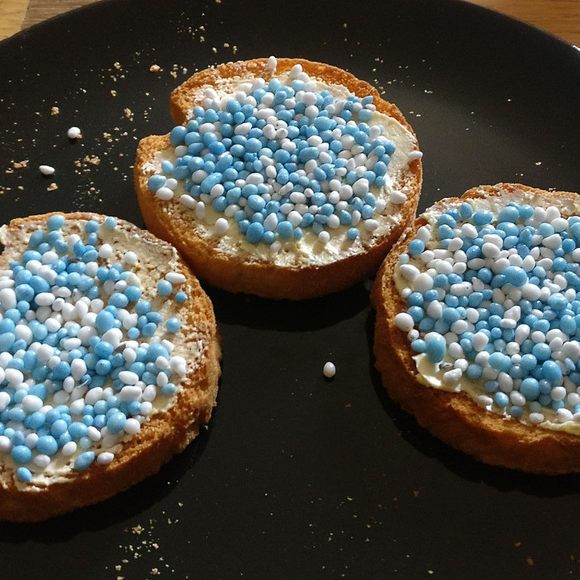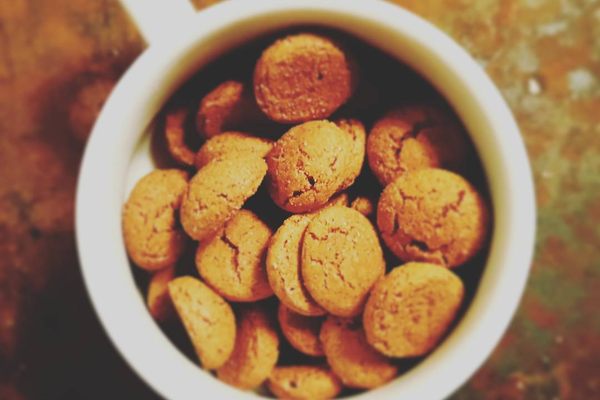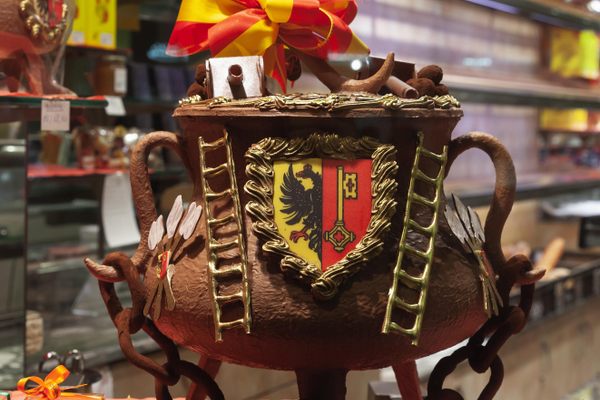Sweets
Biscuits With Mice
After the birth of a child, Dutch families celebrate with a sweet and colorful treat.
The Netherlands has many traditions that visitors can participate in, but some are much less accessible unless you have some very close Dutch friends. One such tradition is eating “biscuits with mice” shortly after the birth of a child. In Dutch, the snack is known as Beschuit met Muisjes® (Muisjes® is a registered trademark of Koninklijke De Ruijter B.V).
First, the snack does not actually contain mice, just a type of sprinkle-like candy akin to the incredibly popular hagelslag. These sprinkles are actually anise seeds coated in sugar. They’re called “mice,” because you can often see the seed’s short stem sticking out, resembling a little tail. The color of the sugar coating is based on the sex of the child: white and blue for boys, white and pink for girls (however, new colors may emerge for special occasions, such as white and orange mice for royal births). The sugar-coated seeds are always served atop a piece of twice-baked bread called a beschuit, which is known internationally as a Dutch rusk or crispbake.
The tradition of sharing treats after a birth is an old one. Since childbirth was once incredibly dangerous, it was cause for celebration when both mother and child were healthy. Exactly when sugar-coated anise seeds became a traditional post-birth treat is unknown, but large-scale production of them started in the mid-19th century.
You can buy a box of both treats in any Dutch supermarket, but experiencing the tradition might be more challenging. People usually bring the treat to their work or school when they become a parent or get a new brother, sister, niece, nephew, or grandchild.
Written By
 CoolCrab
CoolCrab
Sources
- www.thedutchtable.com/2011/10/beschuit-met-muisjes.html
- books.google.com/books?id=t_58DQAAQBAJ&pg=PA31&lpg=PA31&dq=beschuit+met+muisjes+english&source=bl&ots=gk06tIoqOH&sig=Cmi8RIti3sRPH53i8POZM2tF53w&hl=en&sa=X&ved=2ahUKEwix05b288LdAhXiSt8KHZ0nC944FBDoATADegQIBxAB#v=onepage&q=beschuit%20met%20muisjes%20english&f=false













